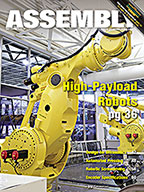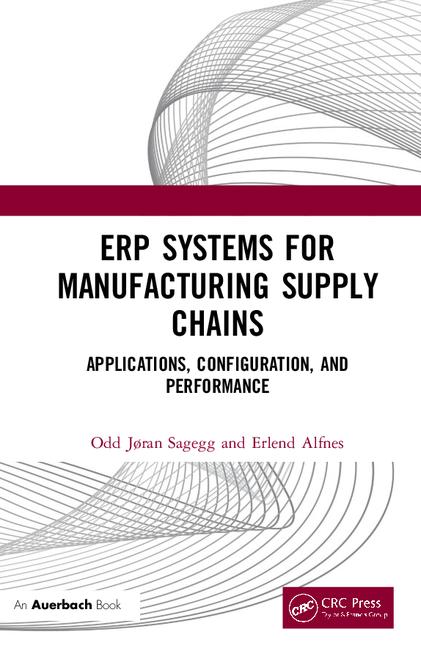
Radial ball bearings may be the most common antifriction bearing, but they're not the only way to support a rotating shaft. Indeed, because the rolling elements are spheres, they only contact the inner and outer races at one small point. This limits friction and ensures smooth motion, but it also means there's not much contact area supporting the load. If the bearing is overloaded, the balls can be damaged.
Antifriction bearings that use rollers instead of balls can support greater axial and thrust loads, because the contact area between the inner and outer races is not a point, but a line. This spreads the load over a wider area, which allows the bearings to handle heavier loads and larger diameter shafts than comparably sized ball bearings. This design also makes roller bearings stiffer than ball bearings.
Other than the rolling elements, ball bearings and roller bearings are similar. Like ball bearings, roller bearings can be designed to support radial and axial loads. Like ball bearings, roller bearings are available in single- and double- and multirow versions. And, like ball bearings, roller bearings can include a cage to separate the rollers.
Just as the balls in ball bearings can be made of different materials to accommodate different applications, the rollers in roller bearings can be made in different shapes.
Cylindrical rollers have a rectangular cross section. Cylindrical roller bearings can only support purely radial loads. Axial loads will cause the ends of the rollers to rub against the sides of the races. In addition, because the rollers are fairly wide, cylindrical roller bearings cannot accommodate much angular misalignment.
Needle rollers are similar to cylindrical rollers, except that they have a much smaller diameter-to-length ratio. This type is a good choice when there's a limited amount of space for the bearing, as in pumps and appliances. In fact, in many cases, the shaft can act as the inner race of the bearing. Like their wider cousins, needle bearings can only support radial loads.
Spherical rollers are shaped like barrels or hourglasses. This design permits rotation of the outer race relative to the rollers and the inner race. As a result, spherical roller bearings can tolerate some amount of angular misalignment between the shaft and the housing, without compromising their load-carrying capacity or service life.
Tapered roller bearings are particularly suitable for accommodating combined radial and axial loads. These bearings have tapered inner and outer ring raceways between which tapered rollers are arranged. The projection lines of all the tapered surfaces meet at a common point on the bearing axis. The axial load-carrying capacity of the bearings is determined by the contact angle, which corresponds to the angle of the outer ring raceway. The larger the contact angle, the higher the axial load carrying capacity. Unlike other types of radial roller bearings, tapered roller bearings are usually separable. That is, the inner ring with the roller and cage assembly can be mounted separately from the outer ring.
If one type of roller doesn't quite fit the application, different rollers can be combined in a single bearing. For example, the Kombi bearing from SKF USA Inc. (Norristown, PA) consists of one double-row tapered roller bearing sandwiched between two single-row cylindrical roller bearings. The outer cylindrical roller bearings have a high load-carrying capacity and are only subjected to radial loads. The tapered roller bearing has a steep contact angle and is only subjected to axial loads. This bearing is used in extreme heavy-duty applications, such as cold rolling mills for sheet metal.






